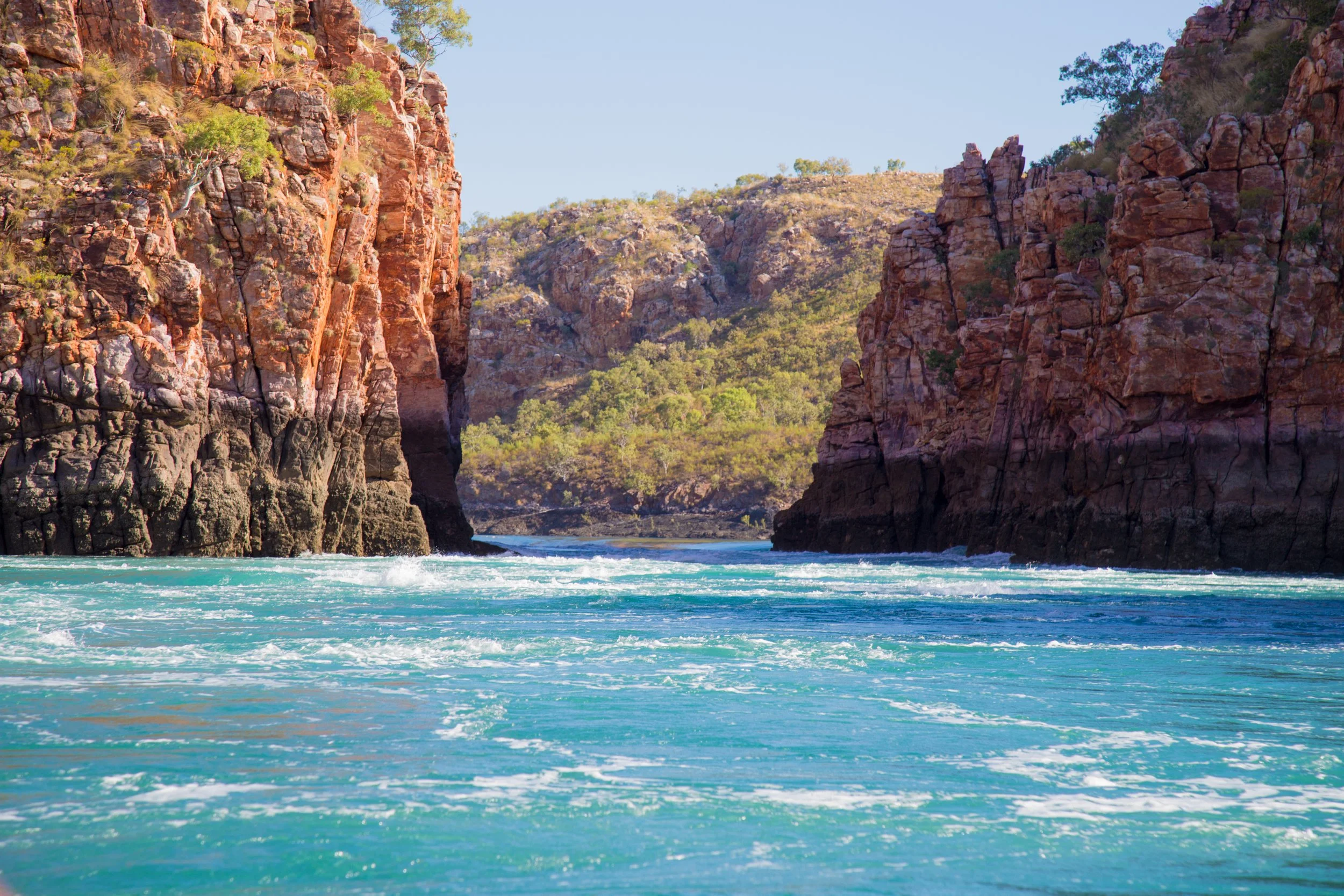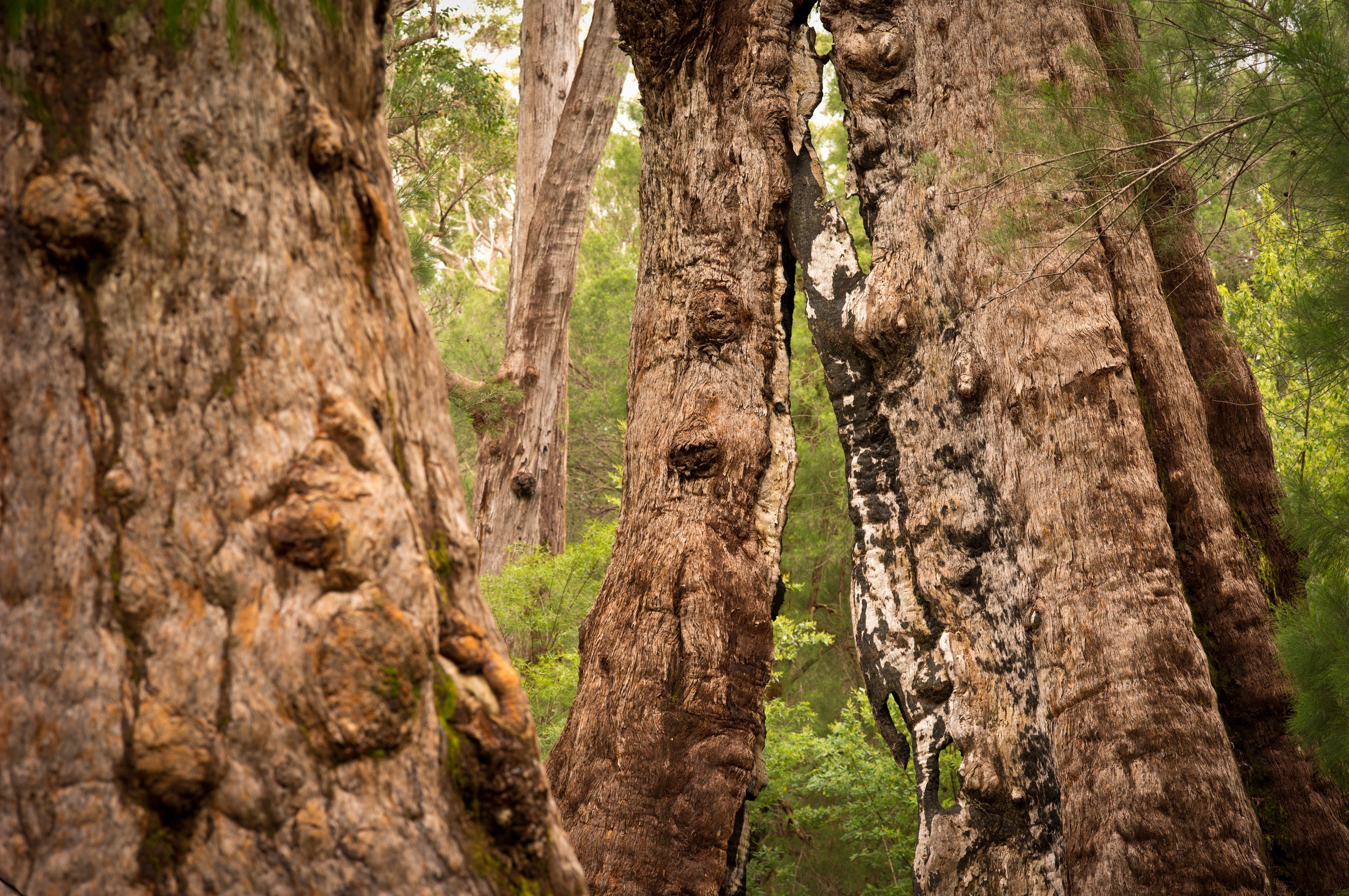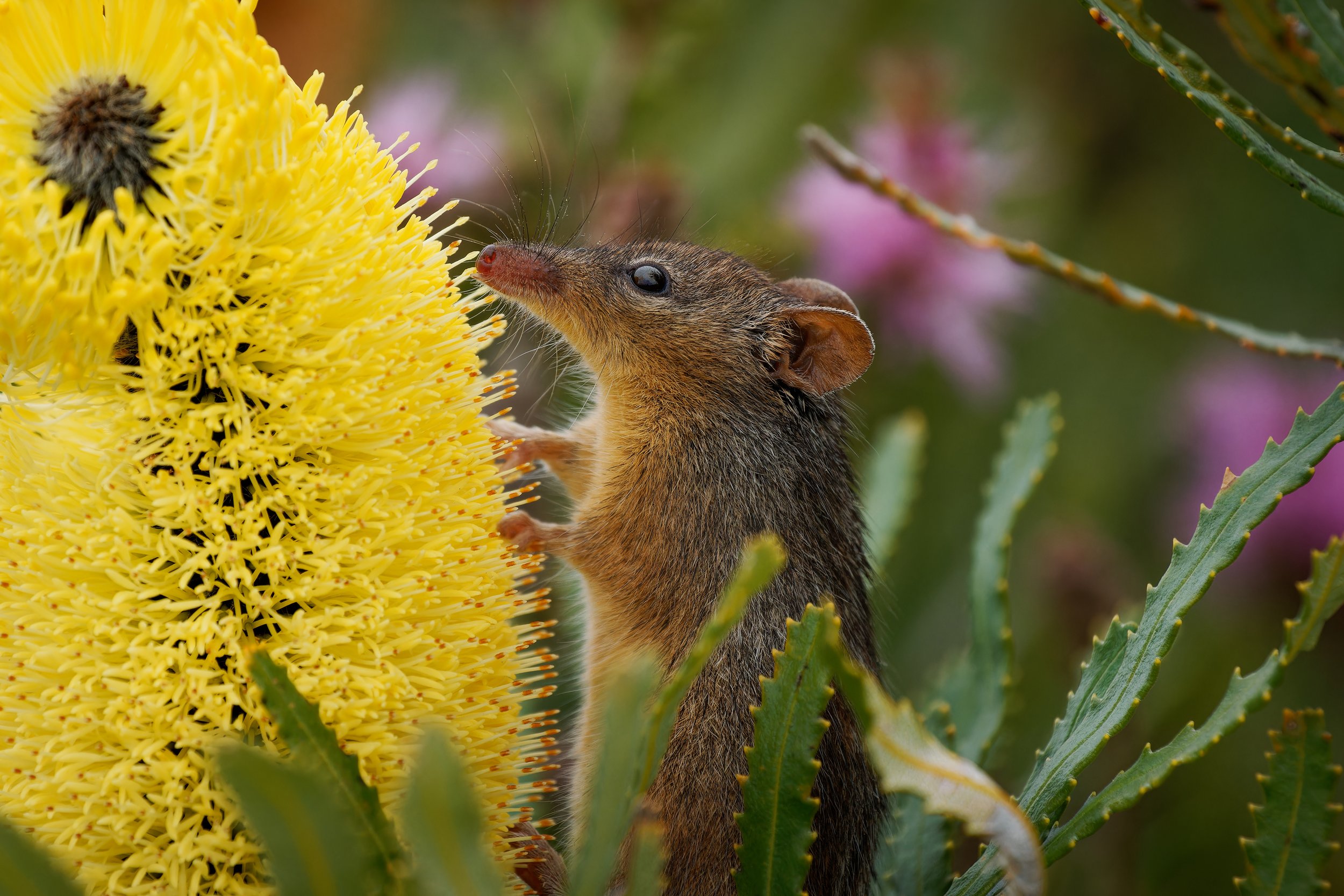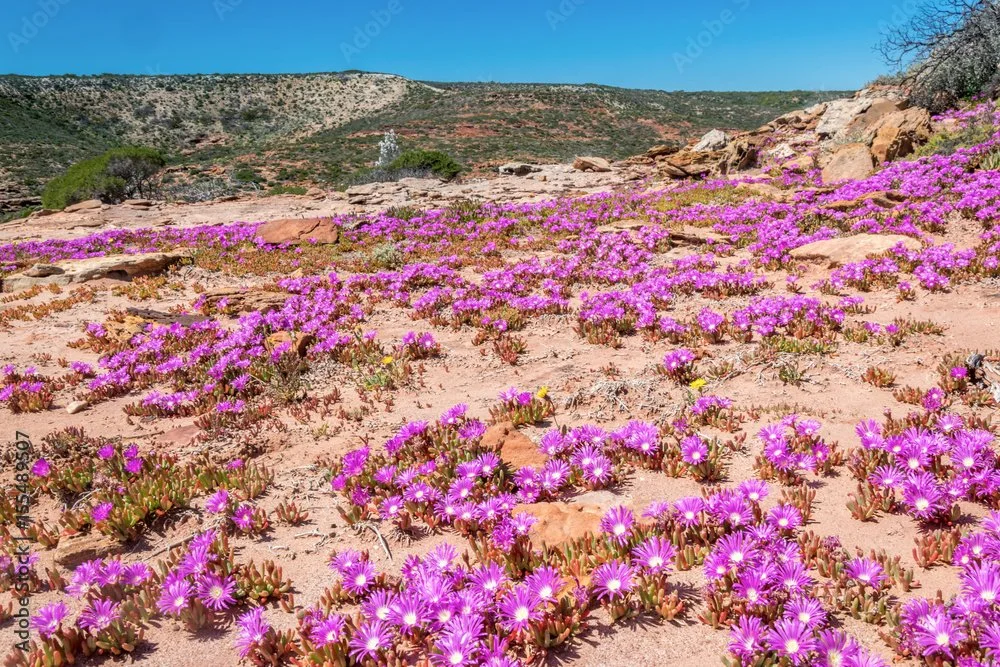FLORAL SEAS AND FIRE FORESTS: WESTERN AUSTRALIA’S NATIONAL PARKS
Bubbling streams and shady forests in the desert of Western Australia - Karijini National Park is one of the driest landscapes on earth. Once a year it becomes a sea of flowers. Fascinating gorges, streams and forests run through the red dust of the Pilbara. When land rose from the sea three billion years ago, there was no organic life. Astrobiologists want to find out how and when it formed. Quolls have suffered greatly from the spread of cane toads, but research is intended to change that. Western Australia is almost like a desert, dry, but as soon as heavy rain falls, a sea of flowers spreads out. Botanists are investigating how plant seeds survive the dry season. Trees provide refuge for snakes and are an exceptional habitat in one of the oldest landscapes on earth.
1. Through the Red Desert - Karijini National Park, Pilbara
The Mitchell River National Park is part of Aboriginal land. Their ancestors entrusted it to them. They protect their heritage with bonfires, traditional songs and dances. Vast outback, red rocks and blazing heat: Western Australia's bizarre landscape presents living creatures with harsh conditions. The Kimberleys belong to the Aborigines, the Wunambaal-Gaambera people. They use their ancestral knowledge to control devastating wildfires. The Mitchell River National Park is located in Aboriginal land. With the knowledge and protection of their ancestors they get devastating wildfires under control. Wandjina creative spirits, painted on rock walls, watch them. They mean everything to the indigenous people. Family gatherings are called “corroborrees” among the Aborigines and are a mixture of dance, remembrance of the ancestors and a feast. Cathy, the eldest of a family, tells the story of Wungurr, the rainbow serpent. And Miles tries to protect the wild freshwater crocodiles from highly poisonous toads by training them.
2. Among crocodiles - The Mitchell River National Park, Kimberley
3. The Walpole Wilderness, South West WA
Rivers, lakes and forests all the way to the Arctic Ocean: rare orchids, nectar-drinking marsupials and bizarre termite eaters thrive in the mild climate of the Walpole Wilderness. The Walpole Wilderness is biologically unique. Western Australia's biggest fraudster lives here: the “Queen of Sheba”. You can hear the calls of Carnabie cockatoos everywhere. Examining DNA reveals amazing things. The 20 meter high Red Tingles eucalypts are also amazing. Their highly flammable oils make them vulnerable to fire. A fire can even benefit some plants. Wood is food for many animals. Termites chew up fallen trees. And where there are termites, there are numbats. Their population is in danger, as is that of the honey possums.
3x52 min
Responsible For
Researching, shortlisting, contacting, and liaising with key scientific and cultural contributors across Western Australia (WA) to organise shoots, prior to the film crew’s arrival in WA.
The procedure and flow of the entire three-month filming shoot, which included establishing and maintaining relationships to be the contributors first point of call to resolve any issues or queries that arose.
Organising national park filming permits, drone licencing/accreditation, satellite phone rental, the purchase and subsequent sale of a 4WD and full camping gear.
Co-ordinating extra file footage purchase from local contacts.
Alice Redgate - Producer
Production Company - Moers Media
Broadcaster - Arte












